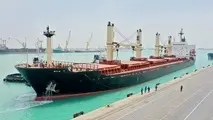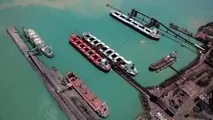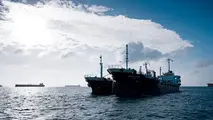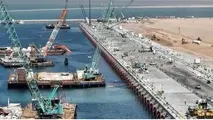Greek Shipyards Revitalized
The rhythmic clang of hammers and the bright flashes of welding torches filled the air at Skaramangas Shipyard near Athens last month, as workers busily repaired the bow of a large tanker. Nearby, other vessels awaited their turn in the dry dock—an unmistakable sign of renewed activity at the once-idle shipyard.
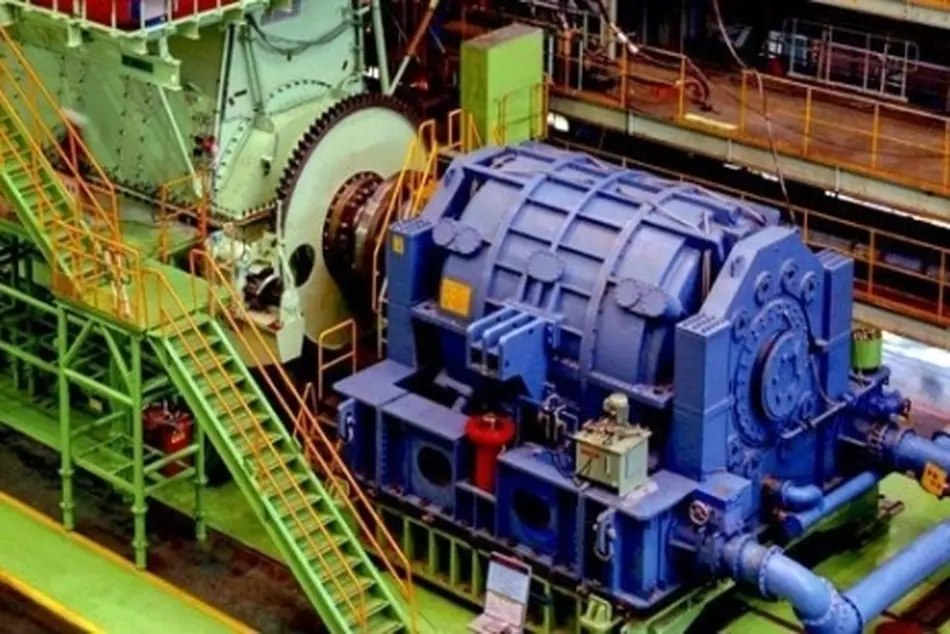
The rhythmic clang of hammers and the bright flashes of welding torches filled the air at Skaramangas Shipyard near Athens last month, as workers busily repaired the bow of a large tanker. Nearby, other vessels awaited their turn in the dry dock—an unmistakable sign of renewed activity at the once-idle shipyard.
Just a year ago, Skaramangas stood empty, a stark reminder of Greece’s prolonged debt crisis from 2009 to 2018. Following decades of inconsistent government ownership and uncertainty, the shipyard had languished. But today, it is experiencing a revival.
“Now there is life here again,” said Theodoros Evagelou, a worker sandblasting and painting ships. “For years, I struggled to find work.”
The shipyard’s resurgence follows its acquisition by shipping tycoon George Prokopiou , who bought it from the government last year. This turnaround is part of a broader recovery in Greece’s economy, which has seen the state divest bailout-era stakes in banks, as well as holdings in key infrastructure, including a major airport and highways.
Under Prime Minister Kyriakos Mitsotakis , Greece has also sold its stakes in the Elefsina and Syros Shipyards, bringing private investors back into the sector. The involvement of shipowners is proving strategic, as they now choose to repair their vessels domestically rather than seeking services in Turkey, Asia, or Romania.
Despite owning the world's largest merchant fleet—with 5,500 vessels—Greek shipyards had lost ground to international competition for decades. Previous privatization efforts repeatedly stalled or collapsed. But now, things are changing.
Skaramangas Shipyard has serviced 37 ships in the past year, with expectations to double that number in 2025, according to CEO Miltiadis Varvitsiotis . This growth reflects a broader trend: ship repairs in Greece surged to nearly 700 last year, up from just 330 in 2013, according to national statistics.
“We’re back, and we’re here to stay,” Varvitsiotis declared.
The revival of Greek shipyards is already making a significant economic impact. The sector’s contribution to Greece’s GDP has doubled to 1.5%, according to Panos Xenokostas , owner of ONEX Shipyards and Technology , which acquired the Elefsina and Syros shipyards in 2020 and 2018, respectively. He aims to push that figure to 2.5% within five years.
At his shipyards, annual repairs have soared from just a few dozen in the last decade to 220 in 2024. Xenokostas also has ambitious plans to expand into shipbuilding, drilling platform construction, and repairs of specialized liquefied natural gas (LNG) carriers.
“The shipyard boom is re-establishing Greece as a key repair hub in the Mediterranean,” said maritime expert and shipping financier George Xiradakis. “While Greece can’t compete with the massive shipyards of Turkey and Asia, it can still claim a significant share of the market.”
Historically, Greece was a powerhouse in shipbuilding and repairs, particularly in the 1960s and 70s. However, the industry’s decline began in the 1980s when much of it came under state control during an economic downturn. Now, the resurgence of shipyards is bringing new life to the working-class communities west of Athens, where many of these facilities operate.
In the coastal town of Perama, a network of smaller firms acts as subcontractors for the major shipyards. Just a decade ago, unemployment in the area stood at a staggering 40%. Today, it has dropped so significantly that companies struggle to find enough skilled workers, according to Perama’s mayor, Yiannis Lagoudakos.
“Now, our biggest challenge is building more roads and parking spaces to handle the increase in activity,” said Lagoudakos. “Our town is thriving once again.”
